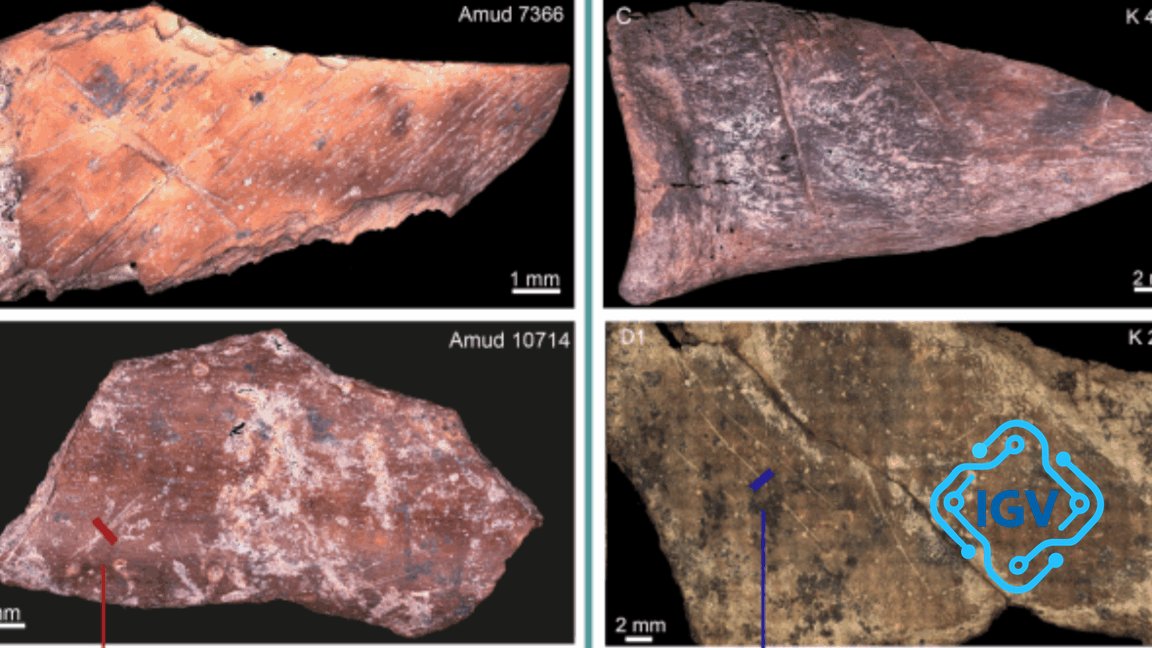Neandertais tinham culturas alimentares diferentes apesar de viverem perto

Around sixty thousand years ago, two groups of Neanderthals lived in close proximity in what is now northern Israel. However, their dietary habits and food preparation techniques revealed significant cultural differences, according to a recent study led by archaeologist Anaëlle Jallon from the Hebrew University of Jerusalem.
One group resided in Kebara cave on the western slopes of Mount Carmel, while the other inhabited Amud cave, perched on a cliff overlooking the valley floor. Despite their similar environments and access to the same wildlife, including deer, gazelles, wild goats, boar, and larger game like aurochs, the Neanderthals exhibited distinct preferences in their choice of prey and cuts of meat.
At Kebara, the remains indicated a diverse diet with various small and medium-sized ungulates, including red deer and fallow deer. The bones showed signs of being used entirely, suggesting that these Neanderthals utilized all parts of the animals they hunted. On the other hand, Amud's remains predominantly featured long bone shafts from gazelles, indicating a focus on this particular prey and an emphasis on leg meat.
Further analysis revealed differences in how the meat was processed. The bones at Kebara displayed fewer cut marks, which were mostly straight, while those at Amud exhibited numerous, crisscrossed, and curved marks. This suggests that the Neanderthals at Amud may have preferred their meat dried or boiled, possibly even slightly spoiled, as modern comparisons indicate that decaying carcasses produce similar patterns.
Archaeologists also noted differences in how bones were treated after butchering. Most of the bones at Amud were fragmented and burned, whereas those at Kebara were mostly intact and unburned, indicating different approaches to cooking and bone disposal.
The study highlights that Neanderthals were not a monolithic culture but exhibited regional traditions and social learning. Their stone tools, while broadly similar in technique, showed subtle differences indicative of distinct local styles. These findings suggest that the diversity among Neanderthal cultures was more significant than previously understood.
Unfortunately, we may never know how much more could be revealed about these ancient cultures if materials like textiles and leather had survived longer.





